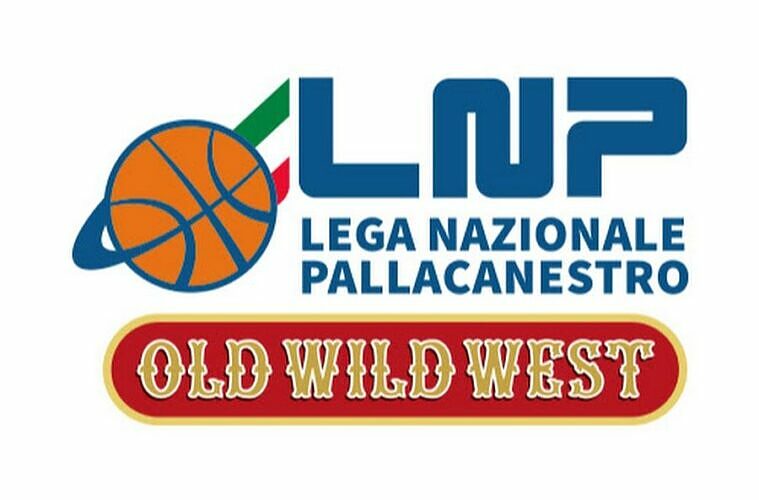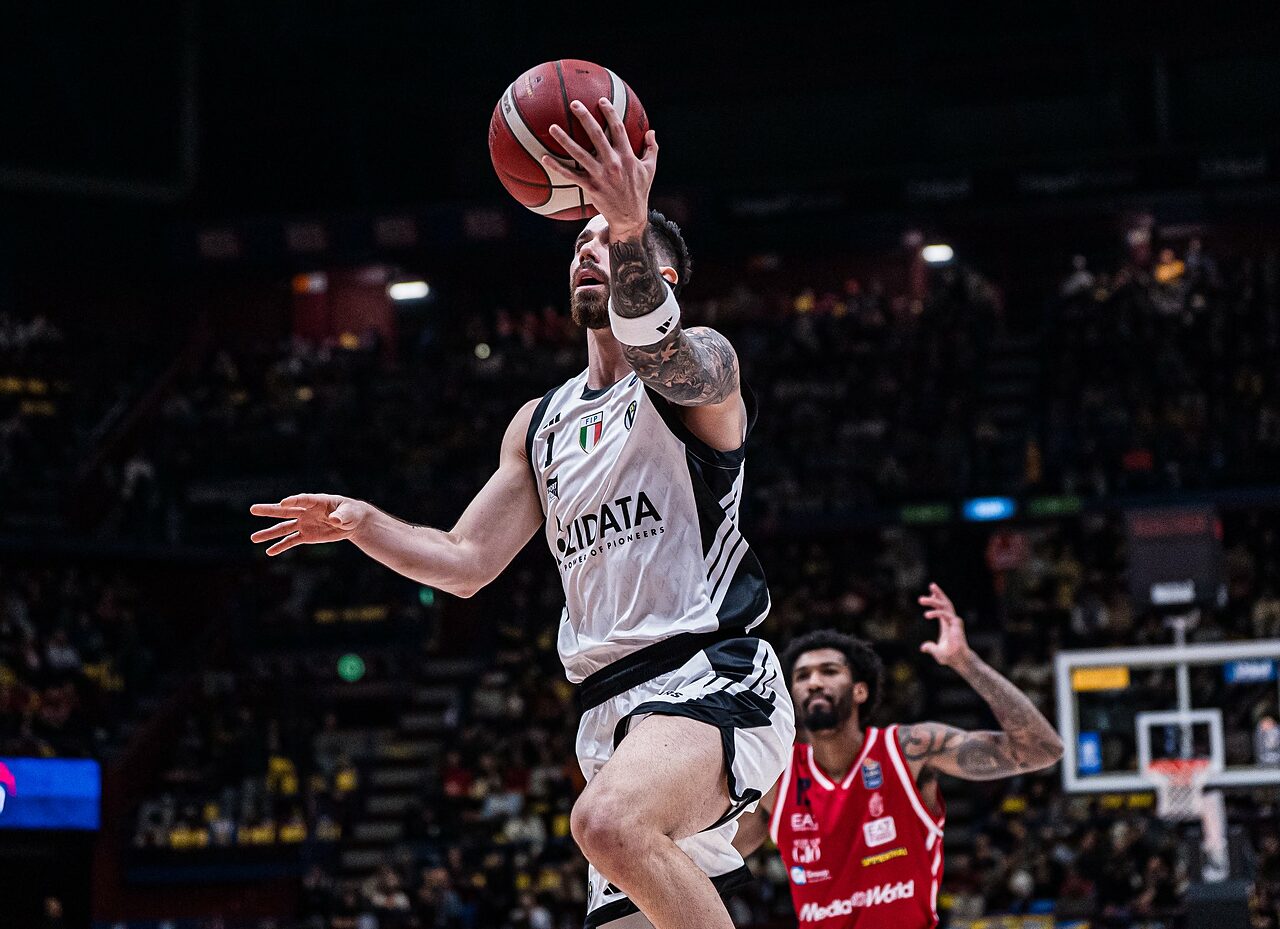Visitors to Bologna enjoy walking around what is described as Italy’s second largest medieval centre after Venice. However, buildings of many architectural styles can also be seen in the city.
This post looks at a sample of those built in the period from the 1920s until World War 2, as well as some art works from the same period. At this time Italy was ruled by the Fascist Party, under Benito Mussolini.
Rationalism and Stile Littorio
Rationalism is the name given to a style of architecture that flourished in Italy from the 1920s. It was based on previous developments, notably in France and parallelled International Style in other countries. Design of a structure was guided by its purpose and the materials used, with minimal decoration.
Its development in Italy coincided with the rise of the fascists, and it became their preferred style. It was used to project the power of the state and reflected change and movement from tradition.
 Giuseppe Terragni’s 1936 Casa del Fascio in Como is considered one of the Italian masterpieces of architecture from this period. (Wikimedia)
Giuseppe Terragni’s 1936 Casa del Fascio in Como is considered one of the Italian masterpieces of architecture from this period. (Wikimedia)In Italy, the ideas of ancient Roman and Renaissance Italy were incorporated along with artistic symbolism, which led to some deviation from rationalist principles. Design of public buildings became known as ‘stile littorio’.
 The Engineering Faculty building in Viale del Risorgimento, Bologna, was designed by Giovanni Vaccaro and completed in 1935. It is a good example of stile littorio. (P. Granville)
The Engineering Faculty building in Viale del Risorgimento, Bologna, was designed by Giovanni Vaccaro and completed in 1935. It is a good example of stile littorio. (P. Granville)The name “littorio” derives from the ancient Roman lictor, an official who carried a fasces, which was a symbol comprising a bundle of sticks and an axe, representing the power of magistrates. It was adopted by the fascists as their symbol and gave rise to their name. Towers, such as that incorporated in the Bologna engineering building above, were symbolic of the fasces.
 Bronze statuette of a Roman lictor carrying a fasces, 20 BC to 20 AD held by the British Museum (Wikimedia)
Bronze statuette of a Roman lictor carrying a fasces, 20 BC to 20 AD held by the British Museum (Wikimedia)The architectural style was used widely in what were then Italy’s colonies, such as the Greek Dodecanese Islands. The entire town of Portolago, now Lakki, on the island of Leros is an outstanding example.
Let’s have a look around Bologna.
Government buildings
Buildings and monuments commissioned by the Government reflect not only the preferred style, but also the desire to link the fascist regime with Italy’s past.
Palazzo del Governo
The Palazzo del Governo in Piazza Galileo, now the Questura or police headquarters, was completed in 1934. Of interest are the bas-reliefs by Amleto Beghelli. The arches have figures symbolising Italy’s past whilst on the walls are stylised military images.


 Weapons of war(P.Granville)
Weapons of war(P.Granville) A submarine (P. Granville)
A submarine (P. Granville)Liceo Scientifico “Augusto Righi”
Another example combining public architecture with an original bass relief is the 1940 “Augusto Righi” school at Viale Pepoli 3. This was one of the first high schools in Italy specialising in the sciences. The bas-relief can be found at the rear.
 The state scientific college “Augusto Righi” was built in 1940. (P. Granville)
The state scientific college “Augusto Righi” was built in 1940. (P. Granville) A surviving fascist era bas-relief at the “Augusto Righi” secondary college. (P. Granville)
A surviving fascist era bas-relief at the “Augusto Righi” secondary college. (P. Granville)Casa del Fascio, Borgo Panigale
Many of the bas-reliefs, such as that at the Casa del Fascio at nearby Borgo Panigale, were removed after World War 2. A Casa del Fascio was the local headquarters of the Fascist Party. As here, they often had a tower representing the Italian fascist symbol.
 The former Casa del Fascio at Borgo Panigale was completed in 1933. (P. Granville)
The former Casa del Fascio at Borgo Panigale was completed in 1933. (P. Granville) This bas-relief originally mounted on the front of the building was a reference to the famous Tenth Legion, founded by Julius Caesar.
This bas-relief originally mounted on the front of the building was a reference to the famous Tenth Legion, founded by Julius Caesar.Sports Stadium
Work on a new major sports centre on the outskirts of Bologna commenced in 1925 at the instigation of the first fascist city government. The design was reminiscent of an ancient Roman arena, underling the belief that fascism represented a resurgence of ancient Italy’s glory.
 The stadium in 1925 before the tower was added. (Commune di Bologna magazine, July 1925)
The stadium in 1925 before the tower was added. (Commune di Bologna magazine, July 1925) Stadio Renato Dall’Ara Today. (Google Earth)
Stadio Renato Dall’Ara Today. (Google Earth)The stadium was described as a venue for important sports events but also a temple to the physical culture of the new Italian. Sport had become an instrument of the regime.
Overlooking the oval was a dominating statue of Benito Mussolini made from bronze with an interesting story that I described in my post Bologna’s Public Statues.
 The equestrian statue of Mussolini at the Bologna stadium. (Wikimedia)
The equestrian statue of Mussolini at the Bologna stadium. (Wikimedia)Mussolini visited Bologna in 1926 to open the stadium, entering on horseback. Later that day, 15 year old Anteo Zamboni fired a shot at Mussolini that missed, and Zamboni was killed on the spot. A Bologna street now bears his name.
 The Torre di Maratona at the stadium entrance was completed a few years later in 1929. (P. Granville)
The Torre di Maratona at the stadium entrance was completed a few years later in 1929. (P. Granville)Located at 174 Via Andrea Costa, the stadium was originally called Stadio Littoriale, but was renamed in 1984 after Renato Dall’Ara, who was President of Bologna Football Club for 39 years.
Casa Materna
The Casa Materna at 2 via A. Zanolini was completed in 1943 for the government agency “Opera Nazionale Maternità e Infanzia”. This organisation was founded in 1925 to address the very high infant mortality rates which then existed in Italy.
 The Casa della Madre e del Bambino or maternity centre was built in the early 1940s and features two bas-reliefs by Bruno Buardi. (P. Granville)
The Casa della Madre e del Bambino or maternity centre was built in the early 1940s and features two bas-reliefs by Bruno Buardi. (P. Granville)The entrance is embellished by two bas-reliefs by Bolognese artist Bruno Boari, but the Mussolini quotes which originally greeted visitors were removed from the facade in 1985.
 A bas-relief by Bruno Boari depicting child birth. (P. Granville)
A bas-relief by Bruno Boari depicting child birth. (P. Granville) A bas-relief by Bruno Boari illustrating assistance in raising children. (P. Granville)
A bas-relief by Bruno Boari illustrating assistance in raising children. (P. Granville)Casa del Contadino
The Casa del Contadino, or Agricultural Advisory Centre, at 67 Via Guglielmo Marconi, was built for the National Fascist Agricultural Corporation and opened in 1940. The purpose of the organisation was to provide administrative assistance to farmers. After the war, it became the trade union headquarters.
 The 1940 Casa del Contadino has two bas-relief panels illustrating the life of farmers.(P.Granville)
The 1940 Casa del Contadino has two bas-relief panels illustrating the life of farmers.(P.Granville)The facade features two large panels by Farpi Vignoli illustrating varying aspects of life on the land.


The meeting hall was decorated with frescoes by Galileo Chini, which were lost when the building was modified in 1981. Fortunately many of the cartoons survived and some have been purchased by the Carisbo foundation. Chini worked mainly in ceramics.
 One of a number of cartoons of the frescoes that once adorned the meeting hall in the Casa del Contadino. (Fondazione CARISBO)
One of a number of cartoons of the frescoes that once adorned the meeting hall in the Casa del Contadino. (Fondazione CARISBO)Private buildings
Casa Editrice Zanichelli
The headquarters of the publishing firm Zanichelli at 34 Via Irnerio is a rare example of a building in Bologna faced in marble and granite. Work began in 1938, but a planned second stage was never built due to the disruption of the war.
 The Zanichelli building, in Italian monumental rationalist style, strongly contrasts with the surrounding traditional Bologna streetscape. (P. Granville)
The Zanichelli building, in Italian monumental rationalist style, strongly contrasts with the surrounding traditional Bologna streetscape. (P. Granville)The building, designed by Luigi Veronesi, follows Bolognese tradition in having a portico (see my post Bologna’s Porticoes) which features two large allegorical statues by Ercole Drei.


Along Via Guglielmo Marconi
Long and straight Via Marconi was created over a number of decades from the late 19th century by connecting and widening numerous medieval streets. The thoroughfare was finally completed in 1927 and until 1949 it was known as Via Roma. During the 1930s, old buildings were demolished and two canals covered over to allow construction of a new Bologna.
 Looking down Via Marconi, the Gas Building is prominent in the left foreground. (P. Granville)
Looking down Via Marconi, the Gas Building is prominent in the left foreground. (P. Granville)Palazzo del Gas
The Gas Building at the corner of Via Bassi and Via Marconi was the gateway to this new area and was completed in 1936.
 The Gas Building in Via Marconi. (P. Granville)
The Gas Building in Via Marconi. (P. Granville)The building is decorated with an extensive frieze made from a mixture of marble and cement, the work of Giorgio Giordano. It depicts workers involved in gas production as well as its use, with symbols of progress such a gas stove and bath with hot water.
 Detail of gas workers in the bas-relief the by sculptor Giorgio Giordano. (P. Granville)
Detail of gas workers in the bas-relief the by sculptor Giorgio Giordano. (P. Granville) Gas brings modern cooking to Bologna in Giordano’s frieze from 1936. (P.Granville)
Gas brings modern cooking to Bologna in Giordano’s frieze from 1936. (P.Granville)The “Facciata Nera” building
The “Facciata Nera” or Black Facade building was the work of architect Francesco Santini and was completed in 1936. It’s notable for its decoration of concentric patterns said to recall the recent conquest of Ethiopia by Italy in the fascist quest to create a new empire.
 The “Facciata Nera” building at 24 Via Marconi. (P. Granville)
The “Facciata Nera” building at 24 Via Marconi. (P. Granville)Palazzo Lancia
Palazzo Lancia at 28 Via Marconi was completed in 1937 and was the work of Paolo Graziani. He described his work as “ monumental and metaphysical”. An unusual feature is the windowed corner tower.
 Palazzo Lancia. (P. Granville)
Palazzo Lancia. (P. Granville)Further down Via Marconi can be found the Casa del Contadino, discussed above.
Monumental sculpture
In my blog post “La Certosa- Bologna’s Fascinating Monumental Cemetery”, I described some of the large collection of tombs that can be seen there. Amongst them are some that typify the style of the fascist period.
Monument to the Martyrs of the Fascist Revolution
Local fascists decided to erect a memorial to the March on Rome, the coup d’état that brought Mussolini to power in 1922, and to those who had died for fascism. Completed in 1932, this monument was designed by Giulio Arata and utilises massive blocks of travertine.
 The Monument to the Martyrs of the Fascist Revolution, Certosa Cemetery, Bologna. (P. Granville)
The Monument to the Martyrs of the Fascist Revolution, Certosa Cemetery, Bologna. (P. Granville) “Glory”, a statue by Ercole Drei within the Monument to Martyrs of the Fascist Revolution. (P. Granville)
“Glory”, a statue by Ercole Drei within the Monument to Martyrs of the Fascist Revolution. (P. Granville) Two statues of soldiers by Ercole Drei. (P. Granville)
Two statues of soldiers by Ercole Drei. (P. Granville)Sculptor Ercole Drei contributed a number of statues including the allegorical figures of “Force” and “Glory”, represented by an angel giving a fascist salute.
In 1940, the remains of Ugo Bassi were moved from his family tomb to the underground area of the monument. Bassi was a priest who accompanied Garibaldi but never bore arms, and was nevertheless executed by the Austrians in 1849. The fascists wanted to link their regime and the war then underway with the heroes of Italian unification 80 years earlier.
 The tomb of Ugo Bassi. (P. Granville)
The tomb of Ugo Bassi. (P. Granville) Inside the monument around 3,000 soldiers killed during World War One are interred. (P. Granville)
Inside the monument around 3,000 soldiers killed during World War One are interred. (P. Granville)Monumento Raggi Ruggeri
Another import artwork at the rear entrance to the Certosa is a 1928 bronze monument by Bolognese sculptor Luciano Minguzzi. He was secretly a member of the Italian communist party and after the war sculpted a memorial to partisans at Porta Lama using bronze from the melted down equestrian statue of Mussolini mentioned above.
The monument commemorates champion motorcyclist Olindo Raggi, who died in 1926 after a crash during an around Italy race, and also Amedeo Ruggeri who died in 1932 attempting to break the world motorcycle speed record.
The allegorical figure of ”Pietà” or “Compassion” holds the body of Raggi whilst a group of motorcyclists at the left salute him, and women on the right offer flowers. Despite his intention to follow the modernist style, Minguzzi has included touches of Art Nouveau.
Domestic architecture
Palazzo Meridiano
Palazzo Meridiano takes its name from the sundial mounted high on its facade, prominent due to its corner location. The 1935 design by Giuseppe Gualandi in Via Zamboni combines Rationalist and Art Deco elements.
 Palazzo Meridiano
Palazzo Meridiano Palazzo Meridiano
Palazzo MeridianoAbove the sundial is the Latin inscription “Civibus possim horas per numerare serenas”or “May I always be able to count cheerful hours for citizens” and below “Nil nove sub sole” or “Nothing new under the sun”
Il Villaggio della Rivoluzione Fascista
With Bologna growing rapidly through the 1930s, a shortage in housing developed. In 1938, a public housing project was completed at what was then the outskirts of the city. It was intended for “families of the fallen, wounded and disabled for the cause of the fascist revolution”, although in practice occupants were often fascist officials.
The development was designed by newly graduated architect Francesco Santini who utilised ideas from the German Siedlung housing projects of the 1920s, and comprised both low-rise apartment blocks and duplex houses in a “garden” environment. The Rationalist design included clean lines and flat roofs and used modular construction.
 A duplex at the time of completion in 1938. (muovi.cinema.it)
A duplex at the time of completion in 1938. (muovi.cinema.it) One of the duplex houses today. (P. Granville)
One of the duplex houses today. (P. Granville)The homes featured large windows, a garden, and the use of colour to distinguish elements of the facade, avoiding decoration which was considered a “democratic decadence”.
 Apartment buildings in the development. (P. Granville)
Apartment buildings in the development. (P. Granville) The child care centre. (P. Granville)
The child care centre. (P. Granville)The streets were given names with fascist allusions such as “Via Delle Camicie Nere”, or “Street of the Black Shirts”, which after World War 2 were renamed to honour fallen partisans.
 A 1938 illustration of the development showing the original street names. (muvi.cineca.it)
A 1938 illustration of the development showing the original street names. (muvi.cineca.it)Via Delle Camicie Nere, for example, is now named for partisan Irma Bandiera, who in 1944 was captured by fascists, tortured for 6 days and nights and blinded without betraying her comrades. She was shot and her dead body was left on a pavement for a day as a warning to others.
 Irma Bandiera (Wikimedia )
Irma Bandiera (Wikimedia )Recently some of the houses have undergone restoration.
 Via Paolo Giovanni Martini in 2023. (P.Granville)
Via Paolo Giovanni Martini in 2023. (P.Granville)
Viewed from above, the “garden” nature of the enclave starkly contrasts with the surrounding denser development.
 The village today surrounded by high rise housing. It’s located near the stadium, off Via Irma Bandiera. (Google Earth)
The village today surrounded by high rise housing. It’s located near the stadium, off Via Irma Bandiera. (Google Earth)Palazzo Scardovi
Paolo Graziani, who also designed Palazzo Lancia, in 1934 tackled the oddly shaped block of land on which this apartment building stands in an innovative fashion. It’s located at Porta Santo Stefano, across the road from the Santa Margherita Gardens.
 Palazzo Scardovi. (P. Granville)
Palazzo Scardovi. (P. Granville)Most of the sites discussed in this post are not close to the normal tourist routes but you may come across some in your wanderings. Their architectural style, though the product of a divisive time, form part of the city’s long history.

 2 anni fa
704
2 anni fa
704
























